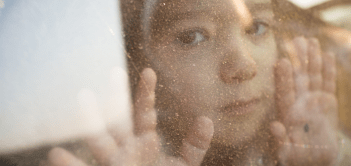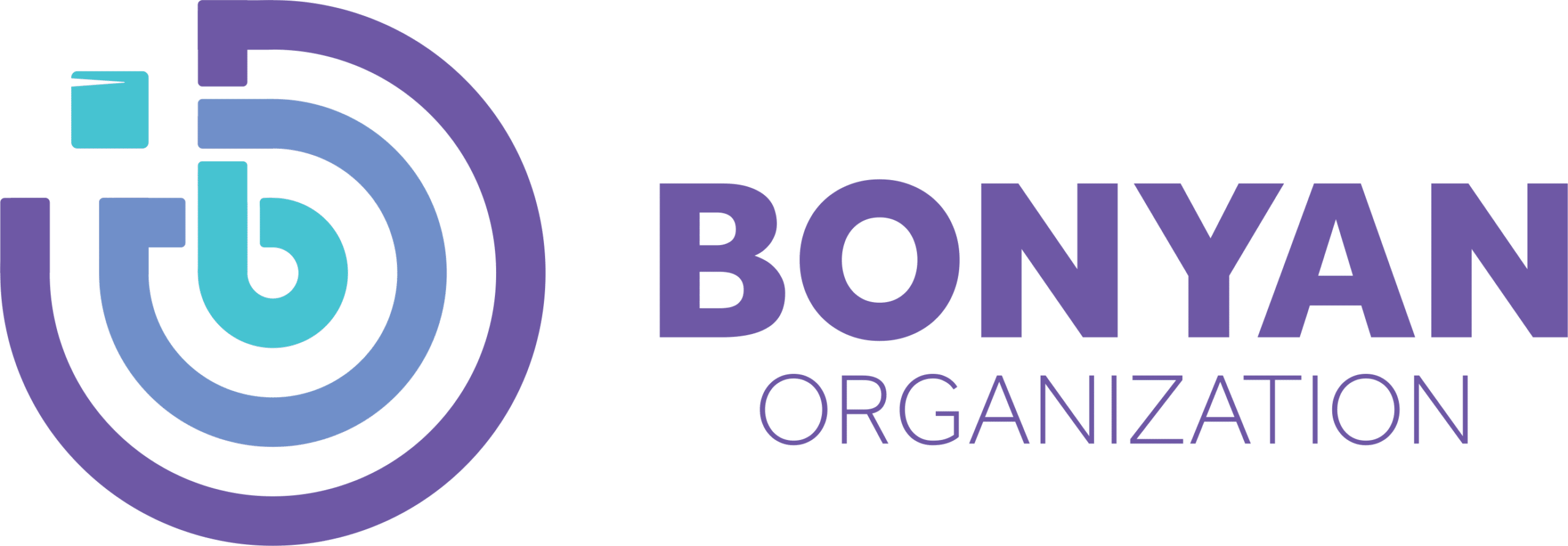Education for Refugees Children
Education is one of the fundamental rights of everyone. All children anywhere in the world and under all circumstances have the right to learn.
The ongoing wars and conflicts worldwide have left millions of children and young adults unable to attend school.
Although “Education is a basic human right, as outlined in the 1989 Convention on the Rights of the Child and the 1951 Refugee Convention” stated, nevertheless; there is only 61% of refugee children and youth were enrolled in primary school, only 23% in secondary school, and just 1% in tertiary education. And this is in 2017. Now numbers have changed for the worse.
Over 10 million children and young adults are left with no education or learning skills. And suppose we as a society, charities, organizations or any other parties did not give refugee children the opportunity to develop their skills and knowledge. In that case, it doesn’t only mean that we have let them down, but we have failed ourselves as well.
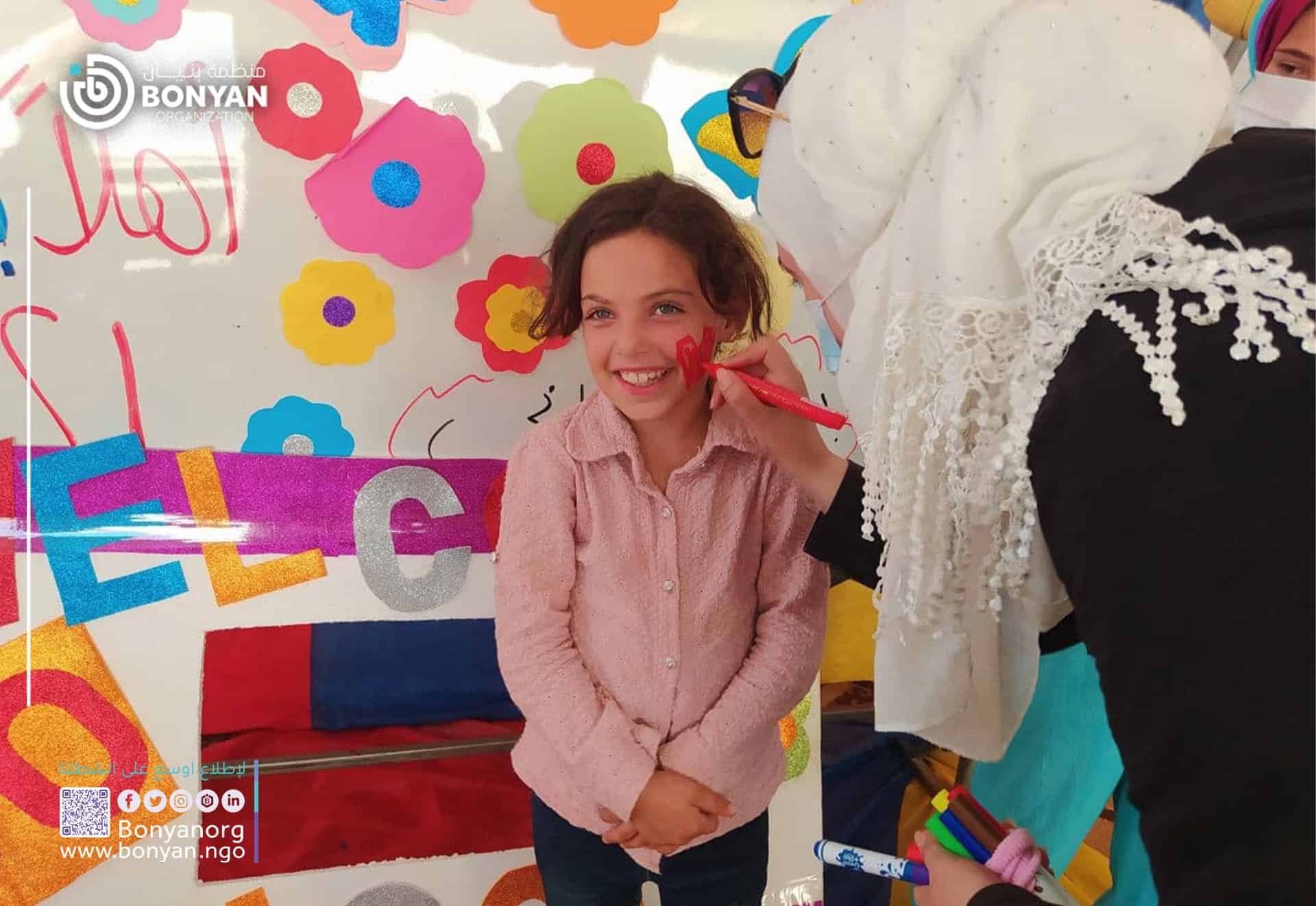
Educating refugee children is not for their own good only; it is an investment we all need to take now; otherwise, we will pay the price later in the near future for a generation of children who are “unable to live independently nor healthy” to contribute fully to their communities later on.
Education is the key to solving millions of problems to come that will affect all our societies. It is crucial to move now and put some pressure on the educational process wheels, so we can increase the funding for educational projects for refugees and decrease the exceeding numbers of children with no access to education.
Remember, The Children of Today are The Leading Generation of Our Future.
Goals for Refugees Educational Projects
As it is well-known, “Knowledge is Power.” Therefore, we are doing our best to increase the awareness of Educational Projects for Refugee children.
The educational project for the refugee children has essential goals to reach; maintaining a natural environment where children can learn, live and interact with people and circumstances around them is one of the main goals we’re trying to achieve.
Children and young adults who have no access to schools and education are the most vulnerable to being exposed to all kinds of risks.
By providing educational projects for refugee children, we will be able to achieve the following through education;
- Reduce risks of forced recruitment, child labor, sexual exploitation, and child marriage, among others.
- Education provides a safe place for refugee children and youth to learn and connect meaningfully with peers within the normal routine of a classroom.
- Education strengthens community resilience and equips learners with the knowledge and skills to find long-term solutions.
- Education empowers refugees by giving them knowledge and skills to live productive, fulfilling, and independent lives.
- Education helps refugees to become self-sufficient, enabling them to learn about themselves and the world around them as they strive to rebuild their lives and communities.
However, there are some challenges blocking the way for us to pave the way for refugee educational projects.
Challenges for Refugees Educational Projects
UNHCR considered the education of refugee children worldwide an urgent matter. The UNHCR has called on governments, private sectors, educational parties, and donors to provide financial support to keep the educational process going and support the new initiative to launch secondary education for refugee students. These specific student groups are the most vulnerable to sexual exploitation and child abuse in marriage, among others. Hence the importance of secondary education has emerged to protect children at this age from sexual exploitation and early child marriage.
We urge the civil community unit, charities, educational parties, and organizations to donate and help raise awareness of the educational project funding for refugee children to help protect these children going through some bad conditions. As well as assisting those parties who take upon themselves the responsibility to help educate the refugee children to get the most decent life possible through the following challenges;
- The absence of security and a safe environment, as some parties to the conflict have considered schools as a target or at the disposal of their use.
- Damaged infrastructure in certain areas is due to the ongoing conflicts and crises in these areas.
- The absence of any form of educational buildings in many regions.
- Providing financial support for refugee families, so they won’t abuse their children unknowingly, to work for money.
- Training teachers to become more experienced and effective in dealing with children with severe trauma, mental disorder, or physical disabilities, along with the typical education process.
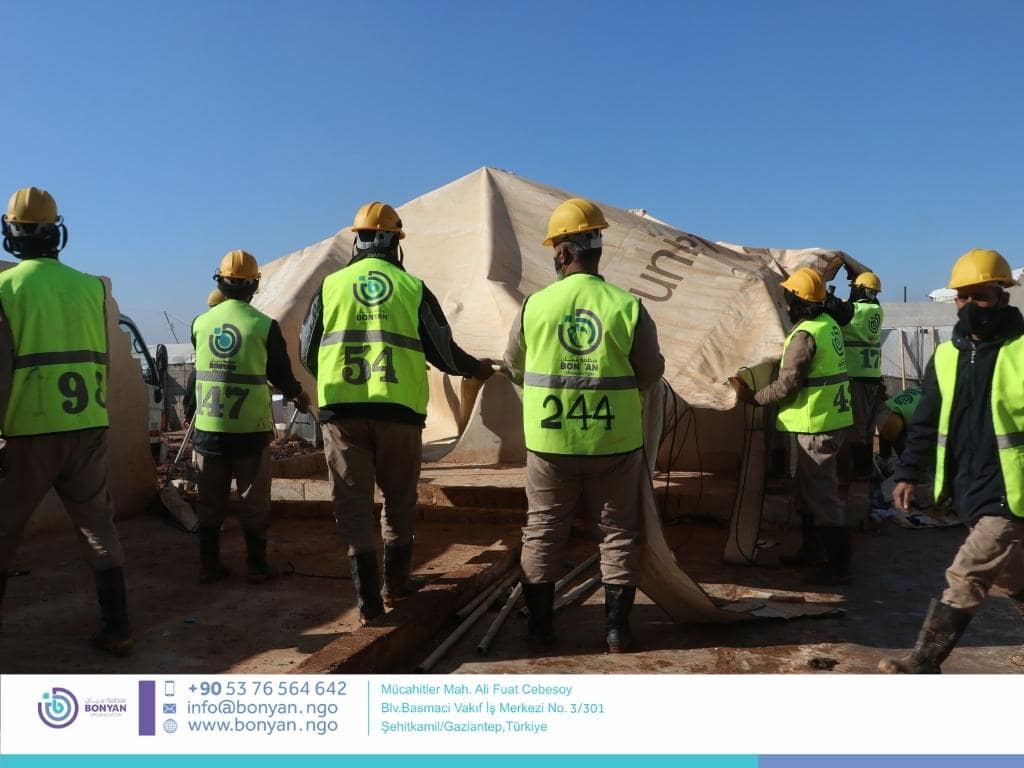
Overcoming the Barriers
Raising awareness of the importance of educational projects for refugee children is at the top of our list. And to see its efforts taking place on the ground, we must set a long-time continuance strategy.
Yes, we still have a long road to walk until we can say that educational projects have become well-recognized and actually doing the work. However, we cannot say that things are still on hold for these projects.
There are some interested educational parties and other civil community units that have put some major efforts into pushing the process of the educational project forwards, enabling workers and volunteers to overcome the barriers and achieve some of the basic needs for those refugee children;
Some of the barriers we’ve overcome are;
- Raising the awareness of educational projects’ importance for refugee children.
- Reaching out for more parties and units that enhance education through some actual work strategies.
- Connecting with more charities, civil communities, organizations, educational institutions, sponsors, and other parties who are willing to support and fund those educational projects.
- Sponsoring teaching staff. By providing well-trained and well-experienced teachers in dealing with children with severe trauma or mental and physical issues.
- Increasing donation campaigns, whether donations for educational materials or educational centers and school buildings.
- Sponsoring students through their educational journeys by some parties, individuals, or charities.
- Raising family awareness towards the importance of education for their children and supporting these families financially.
Temporary Education Centers
When armed conflict took place in Syria, thousands of families fled their homes overnight. And over the last decade, millions of refugee children remain with no access to education for many years. The absence of education was no longer a simple issue we could walk over, pretending it would resolve itself with time.
Action must be taken!! And education has to find its way back to those refugees. No matter what.
There was a financial need to support workers, teachers, and volunteers to start the education process. But there was no time to waste waiting for the support to come. Workers on-field started with what they had in their hands.
At first, people from camps capable of teaching volunteered to teach children in their tents. Education became through caravans with time, and some support, which had auxiliary equipment volunteering teachers used.
Those caravans were going through the camps at the beginning. Then, things started to settle down a bit, and donations helped the volunteering workers to prepare a set of tents as classrooms.
As awareness increased and more organizations, charities, and other groups paid attention to the importance of providing education for refugee children, more organized, settled donations started to come, which put school renovation on the map.
Donations now go directly into the work strategy of the parties responsible for the educational projects plan set. In some places, workers on-field started building schools and school renovating in some areas where armed conflicts took place.
Many regions are now considered safe for building new schools, where refugee children can attend their classes in total security.
Thanks to all sponsors supporting our educational projects through their donations.
Border countries have answered the call of UNICEF to take part in providing education to refugee children living in their countries.
There are many obstacles for refugee families before their children get into the educational system, like the academic programs in Lebanon and Jordan. However, other places like Turkey have managed to take small but stable steps towards merging refugee children into their school system.
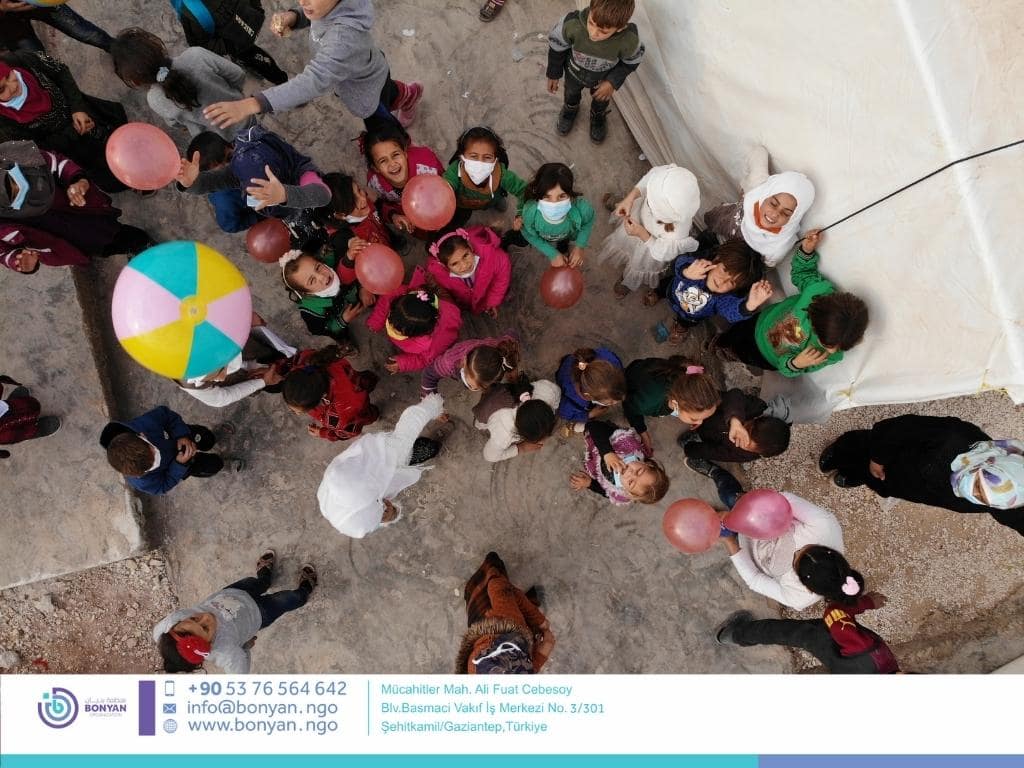
Distance Learning Programs
Covid-19 has added more challenges to the list, which workers are already facing in the regions of conflict around the world.
Pursuing the education process through Covid-19 was a big challenge; some camps held a large number of refugee children despite their small size. Therefore, the workers in charge prefer to isolate students from each other, and teachers at first started to film their teaching methods and send them via WhatsApp, where children can watch and keep up with their classes.
Over time, teachers have developed ways to connect with their students via Zoom due to the large number of students who want to attend those classes in small tents where teachers hold their classes.
Many educational needs have been provided with the help of some governmental and private organizations and donations from educational parties, charities, and even individuals. A good number of tablets, for example, were distributed to both teachers and students, along with other teaching materials that made the process of teaching a lot easier for teachers.
Therefore, donations and sponsoring teachers and students are crucial for us to keep the process of education on the right path.
Read More
FAQs
Are Refugee Children Educated?
Today, 7.9 million are refugee children of school age. Their access to education is limited, with almost half of them unable to attend school at all, so we cannot say for real that refugee children are educated.
Why Is it Important to Educate Refugees?
Because they form a big part of our future leading generation, if we don’t gather all our efforts to educate and empower those refugee children today, we will pay the price later for a generation of children who are “unable to live independently nor healthy” to contribute fully to their communities later on.
What Percentage of Refugee Kids are Getting an Education?
Only 63% of refugee children are enrolled in primary school, compared to 91% globally. Only 24% of refugee adolescents are enrolled in secondary schools, compared to 84% globally.
How Can Education Help Refugees?
Education empowers those children to become more aware of their rights and choices. Educating these children will prevent them from going through child labor, sexual exploitation, child abuse, child marriage, and many other issues.
What percentage of refugees are children?
The United Nations High Commissioner for Refugees estimates that there are nearly twenty million refugees worldwide, with the majority being children. An estimated 36.5 million (41%) of the 89.3 million forcibly displaced people are children below 18 years of age. Between 2018 and 2021, an average of between 350,000 and 400,000 children were born into a refugee life per year.

